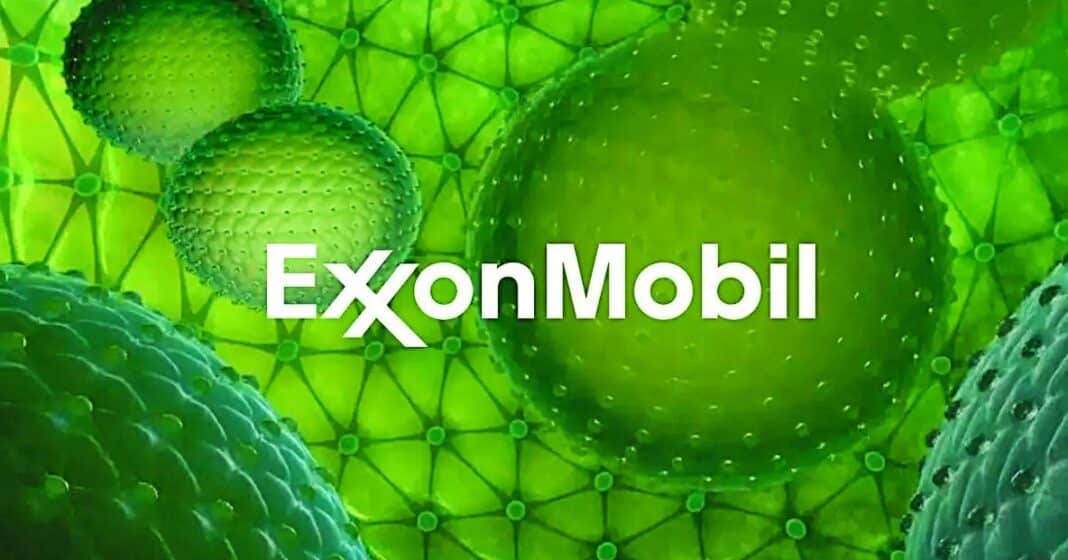ExxonMobil’s move to end its 14-year, multi-million-dollar support for research into making fuel from algae also ended years of funding for projects at the Colorado School of Mines and the National Renewable Energy Laboratory (NREL).
Exxon $350 Million Algae Support
Oil giant’s backing for research into developing high-yield algae at Mines was stopped at the end of last year. While the project meant to create a computer model to test farm-scale biofuel productivity will halt this spring.
Exxon provided millions of dollars in the search and development of fast-growing algae. Since 2009, it has pumped $350 million on projects developing a fuel from the lipids in algae.
The oil giant touted its research in the public through social media, video ads, and print ads. The company has even predicted to produce 10,000 barrels of biofuels by 2025.
Why Stop the Funding
Exxon’s research efforts, however, drew criticism from environmentalists, claiming that the project was just greenwashing. It misleads information to make the oil firm look environmentally friendly.
At the end of 2022, Exxon began to unwind its support for algae. It started to cut funding to Viridos Inc., a California biotech company that is Exxon’s key partner in algae fuel development. Then it concludes the Mines and NREL projects.
Remarking on this, a representative stated in an email:
“Algae still has real promise as a renewable source of fuel, but it has not yet reached a level we believe is necessary to achieve the commercial and global scale needed to economically replace existing sources of energy.”
A total of 8 years of research has been conducted at Mines lab that’s now over, but not done. And so the partnership with the Posewitz Research Group to search for fast-growing algae has ended.
Fast-growing algae are aquatic, microscopic, organisms that live through photosynthesis like land-based plants.
To develop algae fuels, two major challenges are growing enough algae or biomass and increasing their lipid content. Posewitz’s lab has “focused on maximizing bio-productivity.”
Posewitz and Exxon have been searching for hearty algae in the hottest, saltiest bodies of water such as the Great Salt Lake and the Gulf of Mexico.
“The experimental design was basically ‘The Hunger Games.’ wherein a bucket of water is put in a bioreactor in the lab in a high-heat, high-salt, high-light environment to see which organism survived best.”
The winner was P. celeri, which can double its biomass in as fast as two hours, 20% to 75% faster than other cell lines. This doubling time is critical to establish a productive level of biomass and to recover from process upsets.
As amazing as P. celeri is, it’s not a good lipid producer. Viridos has been working on increasing the lipid content of test algae.
Shifting Focus to Other Tech
Exxon shifts its focus to technologies that can be scaled up faster, such as carbon capture and hydrogen. This decision was further inspired by government subsidies for these technologies under the administration’s Inflation Reduction Act.
Exxon’s business means making decisions around the commercial viability of R&D projects. As such, a spokesperson noted:
“We announced plans to invest $17 billion in lower emission initiatives from 2022 to 2027. This includes investments in carbon capture and storage, hydrogen and other biofuels.”
Despite losing the support from the oil giant, Posewitz said his lab will continue its work, including the genetic engineering of P. celeri, with other funding.
Now for Exxon’s NREL project, it was designed to run 3 years, concluding this spring with results published in the near future.
The funding for the project is part of a $100 million, 10-year agreement between Exxon and NREL made in 2019 for various projects. That is the largest financial commitment to the lab, outside the government.
NREL has been doing research on algal fuels for over a decade. It will continue its investigation into developing algae strains, cultivation, carbon capture, and product conversion technology for market adoption.
Most of the work is funded by the U.S. Department of Energy’s Bioenergy Technologies Office.


